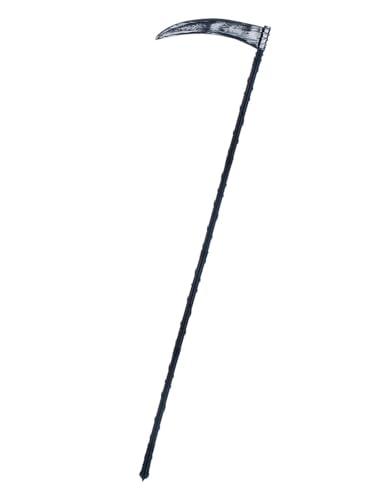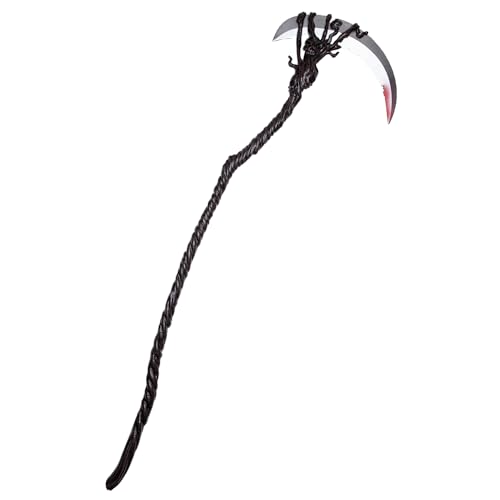Maintaining a Scythe: Best Practices for Longevity and Efficiency
A scythe is a traditional yet effective tool used for cutting grass, weeds, and other vegetation. While highly durable, regular maintenance is essential to keep your scythe in optimal condition. By following a few best practices, you can prolong the tool’s lifespan and ensure its efficiency. Here are some recommendations for maintaining a scythe:
Regularly Sharpen the Blade
The most crucial aspect of maintaining a scythe is keeping the blade sharp. A dull blade requires more effort to cut through vegetation, reducing the efficiency of the tool and straining your muscles. To sharpen the blade, purchase a quality scythe stone or file.
Start by securing the scythe in a vice or holding it steady against a workbench. Wearing protective gloves, carefully run the scythe stone or file along the edge of the blade, using smooth, consistent strokes. Be sure to maintain the correct bevel angle, typically between 20 and 30 degrees.
Regular sharpening not only ensures smooth cutting but also helps prevent rusting. After sharpening, wipe the blade with a clean cloth to remove any metal particles. Remember to oil the blade to protect it from corrosion.
Clean and Oil the Blade
After each use, it’s essential to clean and oil the scythe blade. Remove any grass or debris trapped between the teeth or along the cutting edge. Use a wire brush or a soft cloth to remove stubborn residues.
Applying a thin layer of oil to the blade helps prevent rust, especially if you live in a humid or coastal area. You can use traditional machine oil or specialized rust-prevention oils designed for scythe maintenance. Apply the oil with a cloth and ensure full coverage along the blade’s entire length. This simple step can significantly extend the lifespan of your scythe.
Store the Scythe Properly
When not in use, proper storage is crucial to prevent damage to both the blade and the handle. Ideally, hang your scythe in a cool, dry place where it can remain undisturbed.
Avoid storing your scythe in a wet or humid environment, as these conditions increase the likelihood of rust and corrosion. If space is limited, consider investing in a scythe storage rack or sheath to protect the blade.
Additionally, remember to store your scythe with the blade facing upwards. This reduces the risk of accidentally stepping on the blade or causing any other damage.
Replace Worn-out Parts
Over time, some components of a scythe may wear out and affect its performance. Regularly inspect the blade, snath (handle), peening (blade mounting hardware), and tang (the part of the blade that attaches to the snath) for signs of damage or excessive wear.
If you notice any cracks, bends, or looseness, it’s important to replace the affected parts promptly. Neglecting damaged components can lead to compromised safety and reduced efficiency.
If you are uncertain about how to replace scythe parts or need assistance, do not hesitate to consult a professional or reach out to scythe manufacturers or experts for guidance.
Learn Proper Technique
Lastly, learning and applying proper technique when using a scythe can significantly contribute to its longevity. Using incorrect technique can place unnecessary strain on the blade, handle, and other components, leading to premature wear and reduced efficiency. Take the time to learn from experienced users or seek guidance from instructional videos or workshops.
Proper mowing technique involves maintaining a steady rhythm, cutting with a slight forward angle, and using the full length of the blade. Avoid swinging the scythe too forcefully, as this can result in unnecessary wear on the blade and increased risk of injury.
By implementing these best practices for maintaining a scythe, you can ensure the tool’s longevity, maximize its efficiency, and enjoy the benefits of a well-maintained and reliable tool for years to come.






